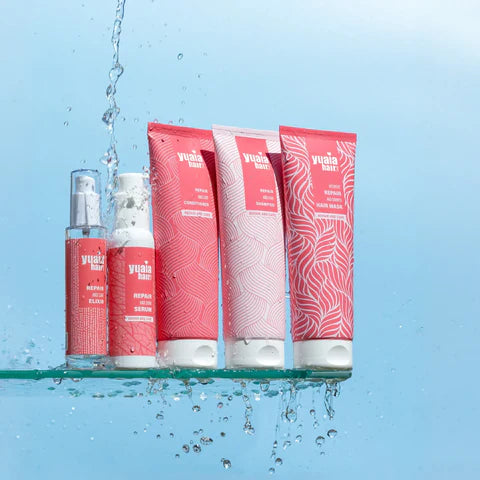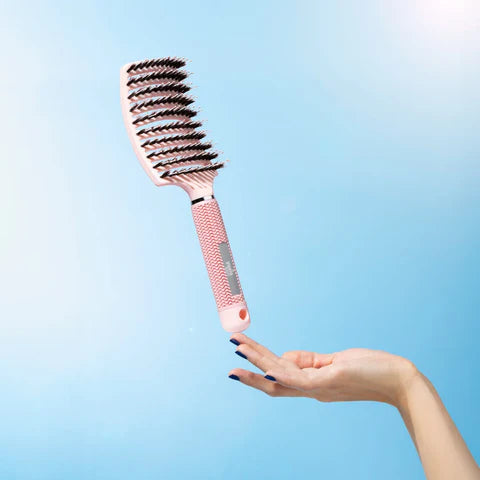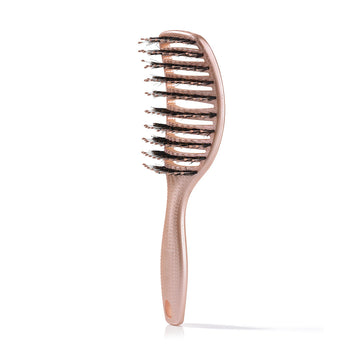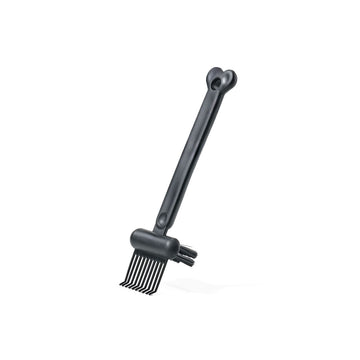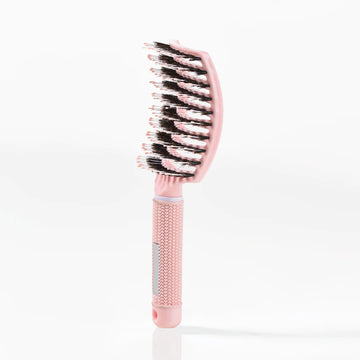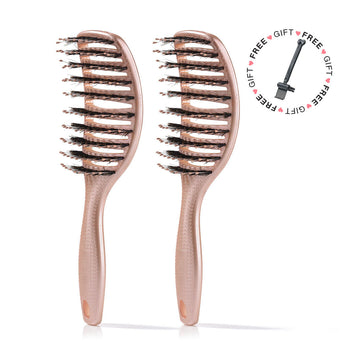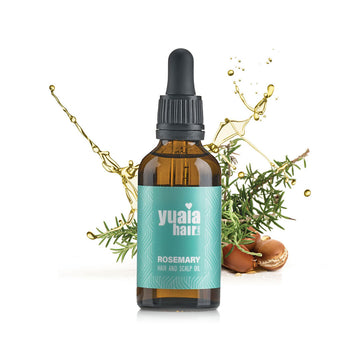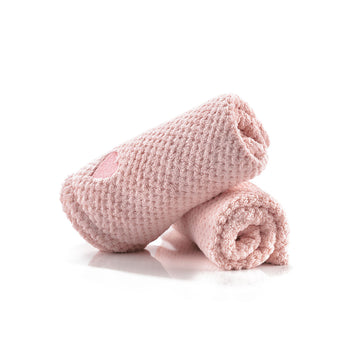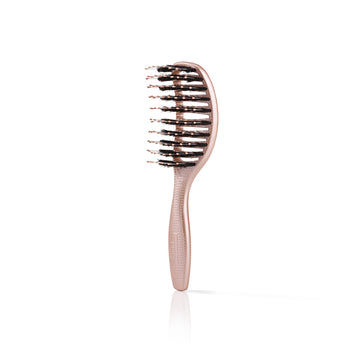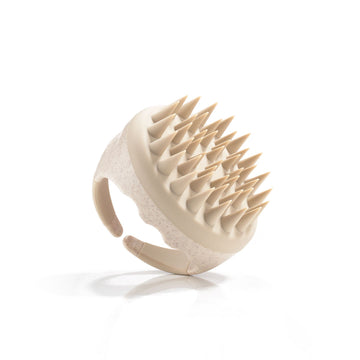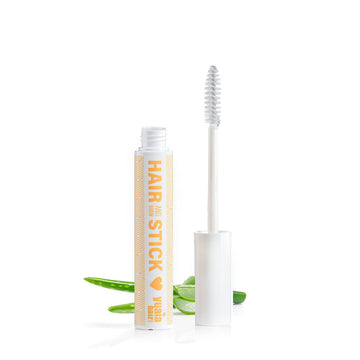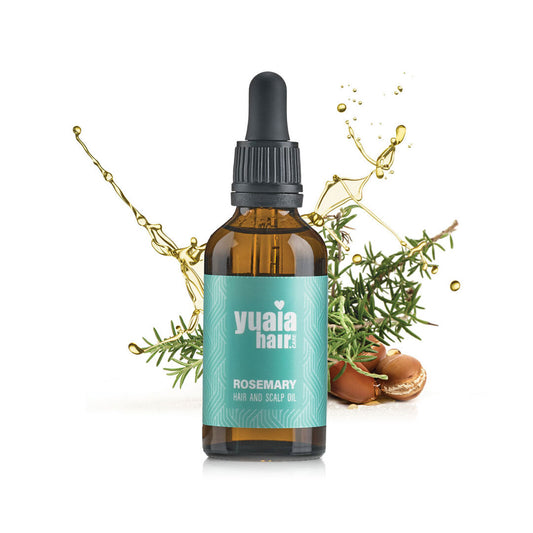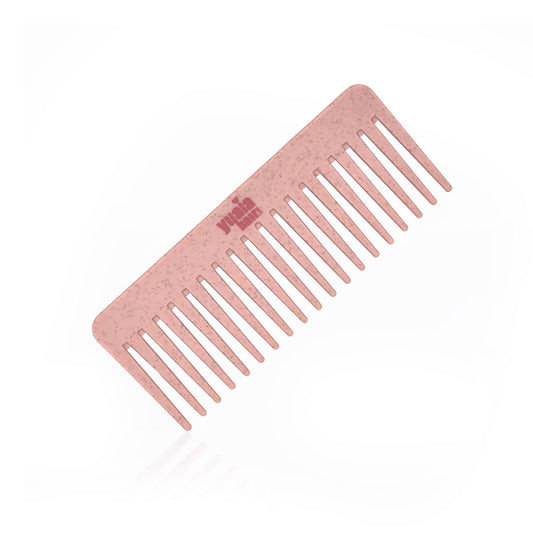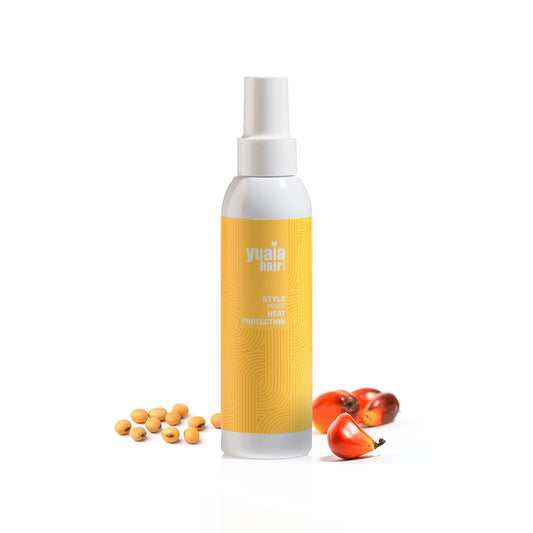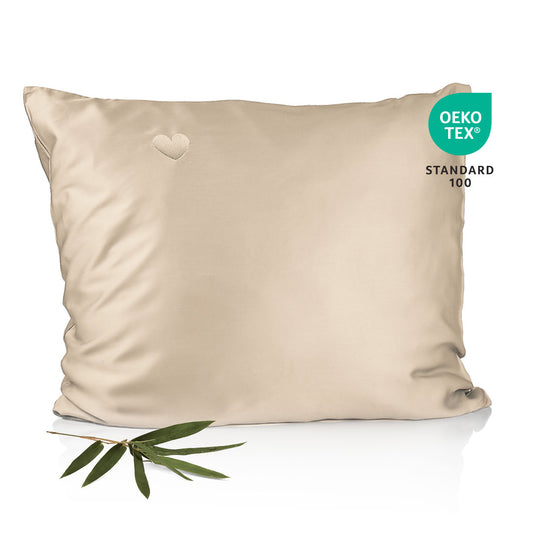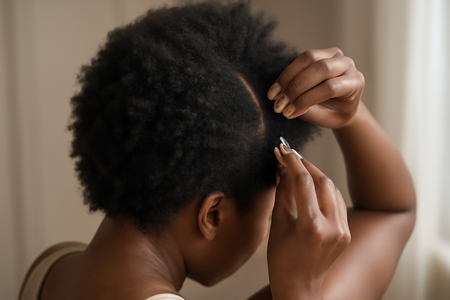
Moisture retention and hydration
One of the most important factors in preventing breakage in 4C hair is ensuring proper moisture retention and hydration. The tight curl pattern of 4C hair makes it naturally prone to dryness, as natural oils from the scalp struggle to travel down the hair. To combat this, consistent and effective hydration techniques are essential.
Regular use of deep conditioners is highly recommended for 4C hair. These products penetrate the hair to provide intense moisture, which is crucial for maintaining elasticity and reducing breakage. Deep conditioning should be done weekly or biweekly to keep the hair adequately hydrated. In addition, leave-in conditioners can be used to provide ongoing moisture throughout the day.
To seal in this moisture, natural oils or butters should be applied after conditioning. Products like our rosemary hair oil are excellent for locking in hydration, thanks to their nourishing properties that help maintain normal hair. This step is vital for preventing the hair from becoming dry and brittle, which leads to breakage.
Gentle handling and low-manipulation
Another key aspect of preventing breakage in 4C hair is gentle handling and minimizing manipulation. This hair type is delicate and can easily break if not treated with care. It is essential to avoid aggressive brushing or combing, especially when the hair is dry.
When detangling, it's best to use a wide-tooth comb or even your fingers to gently work through knots. This method reduces the risk of breakage compared to using a fine-tooth comb. Our wide-toothed comb is specifically designed to ease the detangling process while minimizing stress on the hair.
Heat styling should be minimized as excessive heat can weaken the hair structure, leading to breakage. If heat styling is necessary, always use a heat protectant spray to shield the hair from damage. Opt for lower temperatures and limit the frequency of heat styling to preserve hair integrity.
Protective styling
Protective styles play a significant role in reducing breakage by minimizing daily manipulation and helping to retain moisture. Styles such as twists, braids, and cornrows are effective in protecting 4C hair from external stressors. These styles not only safeguard the hair but also allow it to grow without constant interference.
It is important to maintain these styles properly to prevent damage. Avoid keeping protective styles in for too long, as this can lead to tangling and breakage. Additionally, ensure that the scalp is accessible for regular cleansing and moisturizing to maintain overall hair health.
Nighttime care for 4C hair
Nighttime care is essential for maintaining the health of 4C hair, as it helps protect against friction and moisture loss that can occur during sleep. One effective way to safeguard your hair overnight is by using a bamboo pillowcase. Bamboo is a great alternative to silk or satin, providing a smooth surface that reduces friction and helps retain moisture. This can prevent the hair from becoming dry and brittle, which is crucial in avoiding breakage.
Additionally, using a bamboo bonnet can offer further protection. This accessory helps keep your hair secure and prevents it from rubbing against cotton pillowcases, which can cause damage. By incorporating these nighttime care practices, you can ensure that your hair remains healthy and strong.
Regular trims and hair health
Regular trims are an important part of maintaining healthy 4C hair. Trimming helps to remove split ends and damaged sections of hair, preventing them from worsening and causing further breakage. While it may seem counterintuitive to cut your hair when trying to grow it, regular trims actually promote healthier growth by eliminating the damaged parts that can hinder progress.
As a general guideline, consider scheduling trims every 8 to 12 weeks. This frequency helps keep your hair in optimal condition, allowing it to grow longer and stronger over time.
Frequently asked questions
What is the best way to wash 4C hair?
Washing 4C hair requires a gentle approach to avoid stripping it of its natural oils. Using sulfate-free shampoos is beneficial, as they cleanse without causing dryness. Co-washing, or washing with conditioner, can also be a gentle alternative. This method helps maintain moisture while cleaning the hair.
How can I detangle my 4C hair without causing breakage?
To detangle 4C hair without causing breakage, it's best to use a detangling brush or your fingers with conditioner. This method allows for a gentle approach, minimizing stress on the hair. Our Curvy Brush is an excellent tool for effective detangling, designed to glide through knots smoothly.
Are there specific products that can help with moisture retention?
Yes, deep conditioners and leave-in conditioners are vital for maintaining moisture levels in 4C hair. These products provide the necessary hydration to keep the hair healthy and prevent breakage. Additionally, our Twirl and Curl Curly Cream can enhance curl definition and aid in moisture retention, making it a valuable addition to your hair care routine.
 2-5 day delivery
2-5 day delivery
 25.000+ satisfied customers
25.000+ satisfied customers
 Satisfaction Guarantee
Satisfaction Guarantee



